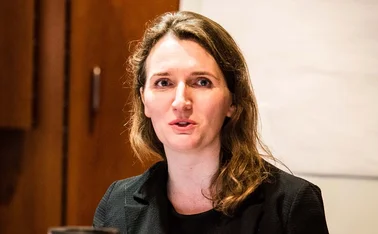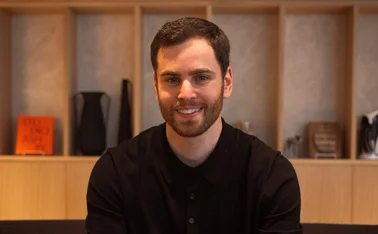
Post blog: Meeting customer expectations

Are insurers doing enough to allow customers to interact using methods of their own choosing? Nicola Dicks finds out.
The number of channels customers can use to communicate with insurers has never been greater.
In addition to the traditional call centre model, the past decade has seen an explosion in channels such as web, mobile, email, instant messaging, video chat, text and social media. These advances are driven by rapidly changing expectations.
Cable & Wireless research revealed that an astonishing 90% of consumers express some dissatisfaction with the methods of communications on offer from their providers.
Almost half would like to have access to a comprehensive website with secure log-in, online buying facility and features such as video-based explanations, calculators and illustrations, while 17% want a facility to instant message or phone an assistant from a website.
Customers want convenience, flexibility and a prompt response, but they don't get them. So what does this mean for the industry?
Given the generally negative attitudes of customers towards the financial services sector, and with the upcoming regulatory changes to fee transparency, it will be critical for insurers to engage with their customers and win trust.
To survive, the only way forward is to restructure the existing model; insurers need to transform outmoded channel structures and deliver a seamless experience, allowing customers to interact in the manner of their choosing.
At the moment technology leadership is strongest among younger customers, but research shows that the communications channels young people start with are the ones they stick with as they mature.
Communications requirements will continue to shift as generations move through different life stages, and insurers need to ensure they get their channels right - or they could be restricted to satisfying a diminishing segment.
The winners in this new landscape are going to be market players that get the multi-channel experience right and can raise standards of service and functionality across their communications channels.
However, the proliferation of channels poses two significant challenges. Insurers need to work out how to support each new channel while meeting required standards for security and compliance, and must integrate the channels into a single, coherent engagement model.
To date, insurers' attempts to engage with customers via the web, mobile devices or social media channels have largely been half-hearted and clunky and have not been integrated with the provider's existing customer-facing operations.
As a result, the customer experience has been inconsistent and unsatisfactory, and the customer relationship has become fragmented.
It is important to remember that running multiple communication channels is not good enough if the customer experience is poor and disjointed.
It's vital for insurance providers to improve existing communication channels before rushing to invest in new ones.
To engage with, and retain, customers insurers should be providing the right information and advice at first point of contact, whatever the method.
To transform customer engagement models, insurers should evaluate their current strengths, weaknesses, assets and resources, take time to understand the end-user experience and prioritise those issues that are the greatest source of dissatisfaction for customers.
Then the future vision and roadmap for a multi-channel customer engagement model should be built, taking into consideration the organisation's overall strategy, brand values and target segments.
Those insurance providers that do so will build greater customer loyalty, increase product penetration and reduce costs. The rest will miss the boat.
Nicola Dicks, director general of insurance, life and pensions, Cable & Wireless Worldwide
Only users who have a paid subscription or are part of a corporate subscription are able to print or copy content.
To access these options, along with all other subscription benefits, please contact info@postonline.co.uk or view our subscription options here: https://subscriptions.postonline.co.uk/subscribe
You are currently unable to print this content. Please contact info@postonline.co.uk to find out more.
You are currently unable to copy this content. Please contact info@postonline.co.uk to find out more.
Copyright Infopro Digital Limited. All rights reserved.
As outlined in our terms and conditions, https://www.infopro-digital.com/terms-and-conditions/subscriptions/ (point 2.4), printing is limited to a single copy.
If you would like to purchase additional rights please email info@postonline.co.uk
Copyright Infopro Digital Limited. All rights reserved.
You may share this content using our article tools. As outlined in our terms and conditions, https://www.infopro-digital.com/terms-and-conditions/subscriptions/ (clause 2.4), an Authorised User may only make one copy of the materials for their own personal use. You must also comply with the restrictions in clause 2.5.
If you would like to purchase additional rights please email info@postonline.co.uk







